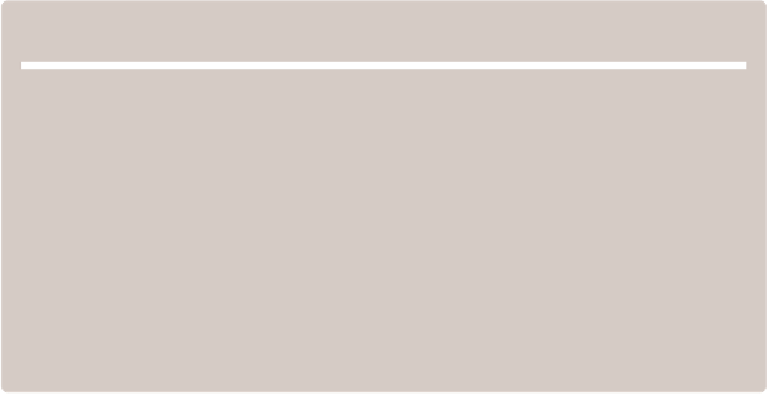Travel Reference
In-Depth Information
PARACAS & NAZCA
The Chavín Horizon was followed by the development of a number of smaller, regional
ethnicities. Along the country's south coast, from about 700 BC to AD 400, the Paracas
culture - situated around modern-day Ica - produced some of the most renowned textiles
ever created. The most impressive of these were woven during the period known as the
Paracas Necropolis (AD 1 to 400), so named for a massive gravesite on the Paracas Penin-
sula uncovered by famed Peruvian archaeologist Julio Tello in the 1920s (see boxed text
below).
FATHER OF PERUVIAN ARCHAEOLOGY
Much of what we know about some of Peru's most important pre-Columbian cultures we owe to a single man: Julio
C Tello (1880-1947), the acclaimed 'Father of Peruvian Archaeology.' A self-described 'mountain Indian,' Tello
was born in the highland village of Huarochirí, in the mountains east of Lima. He earned a medical degree at the
Universidad Nacional Mayor de San Marco Lima and later studied archaeology at Harvard University - no small
achievement for a poor, indigenous man in turn-of-the-20th-century Peru.
In the 1920s, he undertook a series of ground-breaking archaeological studies of the Wari centers around Ay-
acucho and the temple complex at Chavín de Huántar, where an ornate stela - the Tello Obelisk - is named in his
honor. (Find it on view at the Museo Nacional de Chavín,
Click here
.) He also discovered hundreds of mummy
bundles on the Paracas Peninsula in 1927 - one of the most important sources of information about this pre-Inca
culture. Most significantly, Tello brought scientific rigor to Peru's burgeoning archaeological efforts. In the 19th
century, digs often resulted in more destruction than conservation, and looting was widely accepted. Tello helped
get laws passed that offered legal protection to important archaeological sites.
For more on this charismatic figure, pick up a copy of
The Life and Writings of Julio C Tello: America's First
Indigenous Archeologist,
published by University of Iowa Press - which, for the first time, gathers his key writings.
The historical data on the culture is thin, but the magnificent textiles recovered from the
graves - layers of finely woven fabrics wrapped around mummy bundles - provide import-
ant clues about day-to-day life and beliefs. Cloths feature flowers, fish, birds, knives and
cats, with some animals represented as two-headed creatures. Also significant are the hu-
man figures: warriors carry shrunken trophy heads and supernatural anthropomorphic
creatures are equipped with wings, snake tongues and lots of claws. (See some fantastic ex-
amples at the Museo Larco in Lima,
Click here
.) Many of the mummies found at this site
had cranial deformations, most of which showed that the head had been intentionally
flattened using two boards.

